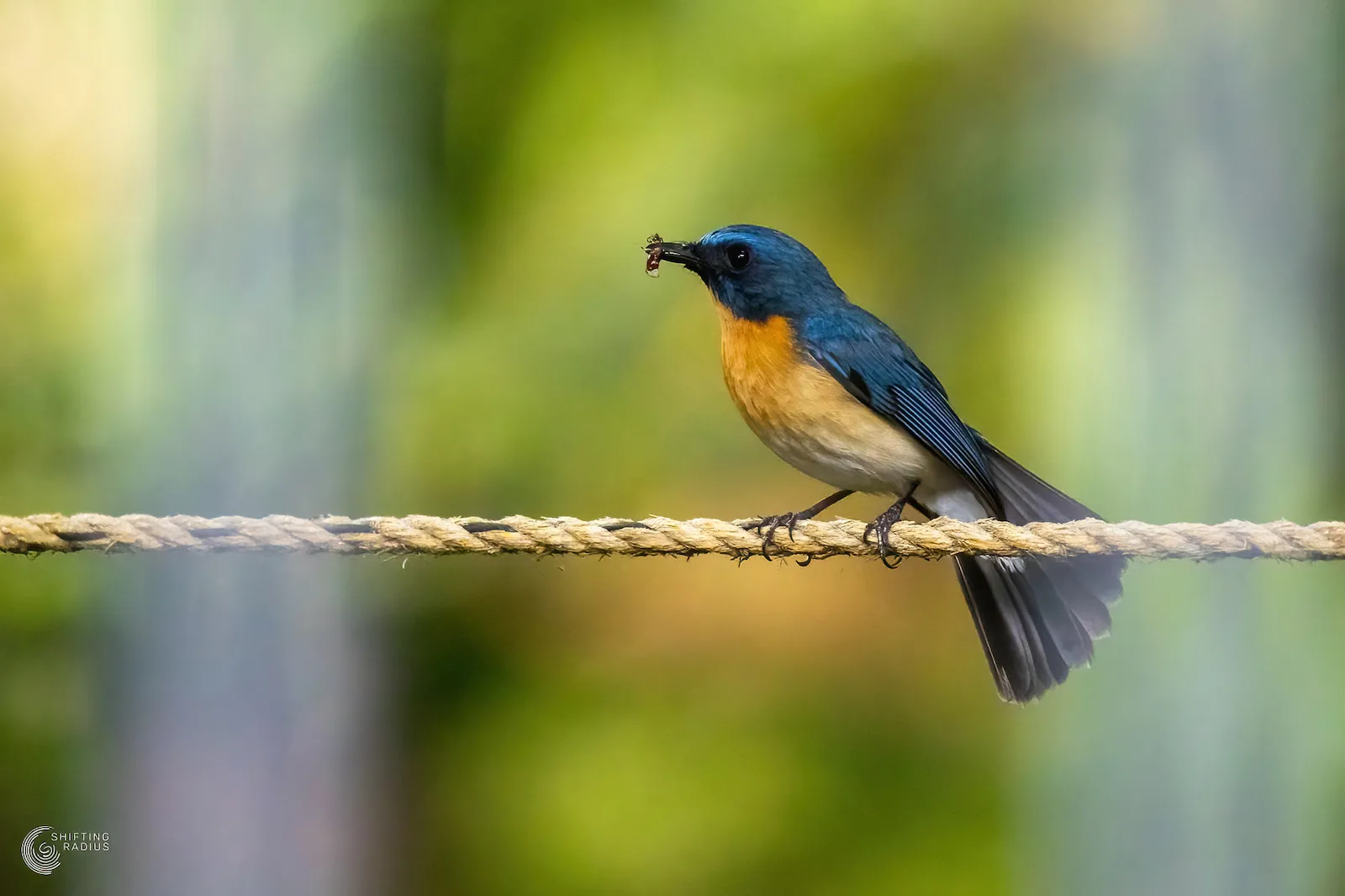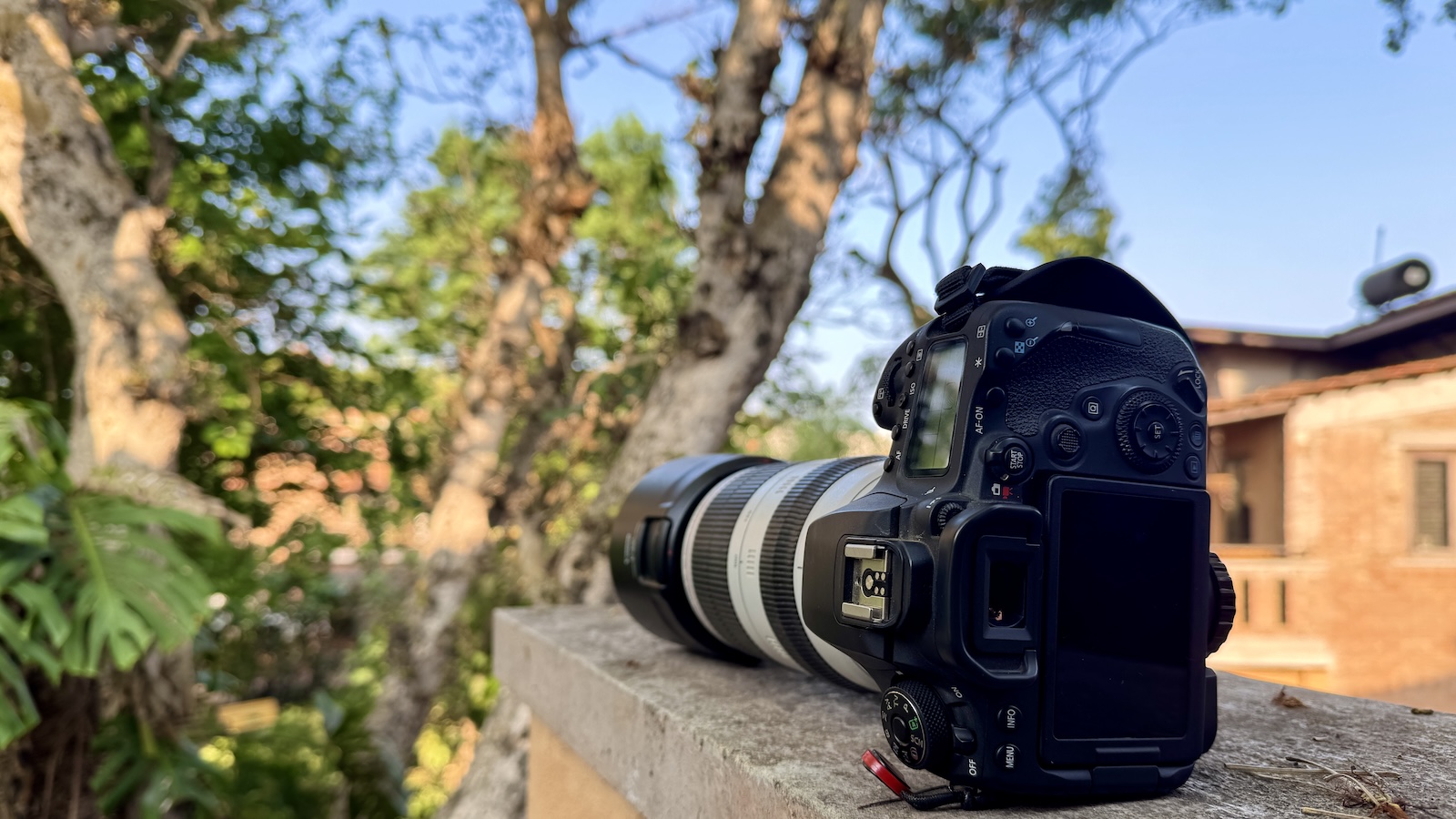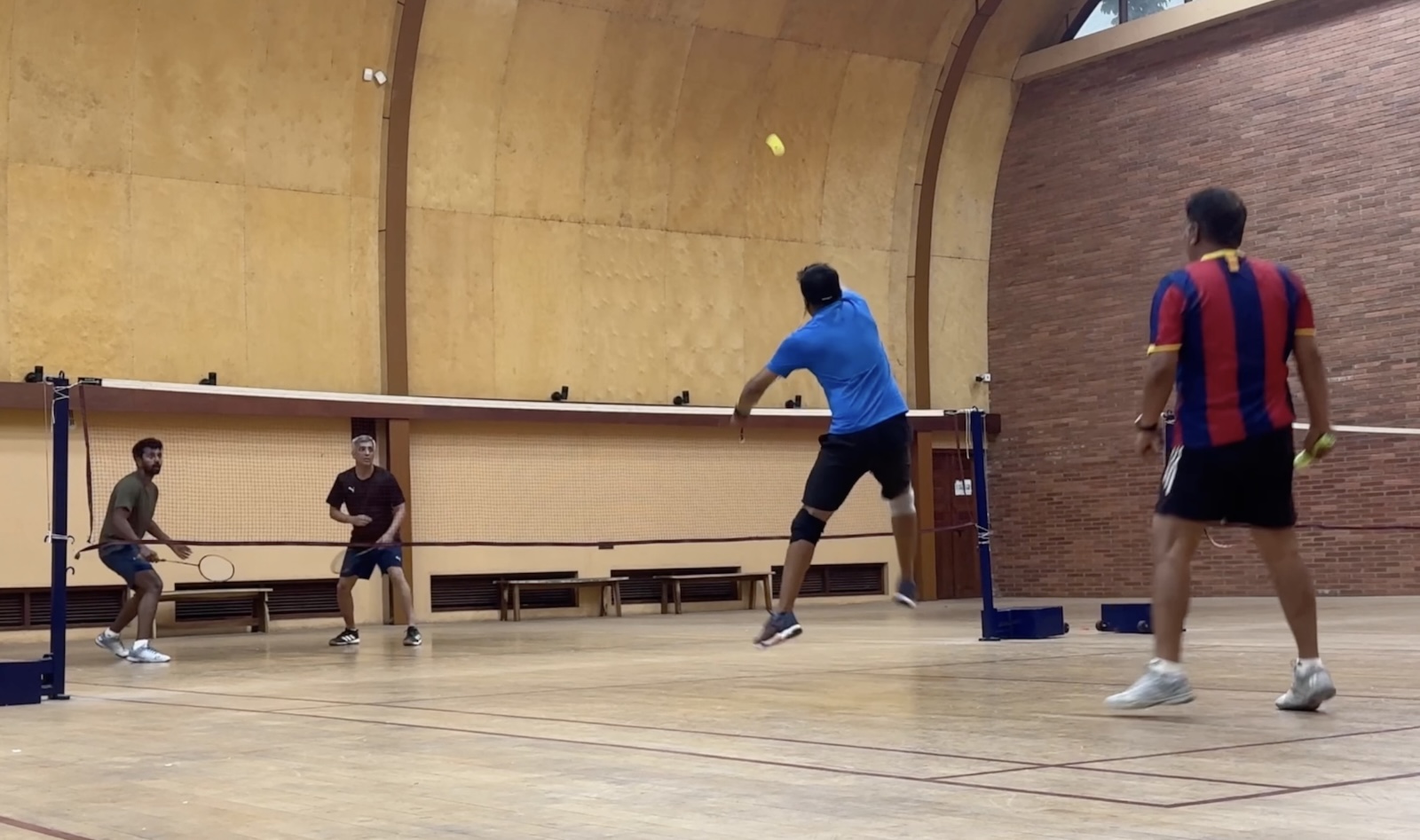One thing I was most certain about this species earlier is how secretive they are about their nesting. However this family decides to nest in the most open spot one can imagine, right outside my balcony . In our neighbour’s wind chime which is about 3 feet away from their main door.

Here are some shots of the parents who are now taking turns feeding the young. Hopefully, I get to see the juveniles once they are out at some point.

The Tickell’s blue flycatcher is proof that good things come in small, ridiculously energetic packages. This little dynamo, decked out in a stunning mix of electric blue and warm orange, doesn’t just sit around looking pretty— it’s constantly on the move, darting through trees like it’s got somewhere very important to be.

Noticed two young ones through my binoculars and ended up getting some shots today.

If you wait long enough, you can capture parents feeding these.


If you wait even longer, you can capture cleaning up. This is fascinating. One of the juveniles turns around, puts its bum up, and poops straight for the parent to pick it up directly so that the nest remains clean. How do they even know this routine?


As predicted both the juveniles are out. Parents are communicating constantly to keep them away from any potential threat.

And let’s talk about that song—it’s not just a chirp, it’s a full-on musical performance. Its sweet, warbling tune sounds like it belongs in a nature documentary, or at the very least, a relaxation playlist.

It’s a master of aerial acrobatics, snatching insects straight out of the air with a precision that would make a fighter pilot jealous.

And while its hunting game is strong, its personality is even stronger. Despite being no bigger than a ping-pong ball, this bird is all confidence, puffing up its chest and chasing away intruders twice its size.

One of them decided to chill in a chair outside my door for a long time before the parents insisted on moving to a branch.

If you ever catch one in action, take a moment to appreciate it. This isn’t just a bird—it’s a tiny, fearless performer putting on a high-speed aerial show for free.
Tickell’s Blue Flycatcher Fast Facts
Why is it so hard to spot?
It never sits still! It’s constantly flitting between branches, making it one of nature’s hardest-working bug hunters.
What makes it such a good flyer?
Lightweight, fast, and ridiculously agile, the Tickell’s blue flycatcher is built like a tiny stunt pilot—zero hesitation, perfect takeoff, and landing every time.
For more such interesting facts and real photos shot by me, do subscribe to our newsletter Now.
This was originally posted on shiftingradius.com on Mar 7, 2024




